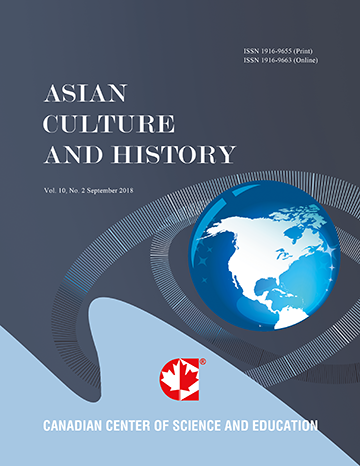Adaptive Reuse of Vernacular Architecture for Conservation in Indonesia: Case Study of South Nias Village, Bawömataluo Conservation Project
- Fanitra Pedi Atmanti
- Yasufumi Uekita
Abstract
Bawömataluo village, which is located in Nias Island, Indonesia, is among the most important National Cultural Properties. The village has the highest number of surviving traditional houses in one village in Indonesia (53% left – Fanitra Pedi A., 2017, p. 64). The architecture is considered to be the finest artistic masterpiece in Indonesia. The change of agriculture type in the 20th century and vast improvement of infrastructure in the 21st century cause poverty and bring difficulties in sustaining the cultural property. Villagers modify their houses by replacing some of the building materials with the ones that are more economical in price, but this contributes to the destruction of the original structure. Most Nias villagers still want to stay in their traditional houses. But, due to the maintenance funding problem and introduction to healthy houses in the 20th century, some materials were changed into industrial materials and some parts were damaged. There is an initiative to use traditional house/omo hada as a homestay program which allows villagers to have a close contact with local and international tourists and earn more income. This research observed 30 omo hada and took two samples for a deeper space understanding. This paper tries to investigate activities in the two samples of omo hada with and without homestay activities. The investigation finds out that tawolo (communal space that is located at the front of the house) is a frequently used space which occupies 40% area of the second floor and föröma (private space that is located at the back of the house) is the least used space with 60% area of the second floor which is suitable for adaptive reuse in omo hada.
- Full Text:
 PDF
PDF
- DOI:10.5539/ach.v15n1p64
Journal Metrics
Google-based Impact Factor (2017): 5.42
h-index (January 2018): 11
i10-index (January 2018): 21
h5-index (January 2018): 6
h5-median (January 2018): 9
Index
- Academic Journals Database
- CNKI Scholar
- COPAC
- EconPapers
- Elektronische Zeitschriftenbibliothek (EZB)
- Excellence in Research for Australia (ERA)
- Genamics JournalSeek
- Google Scholar
- Infotrieve
- LOCKSS
- MIAR
- NewJour
- Open J-Gate
- PKP Open Archives Harvester
- Publons
- RePEc
- Scilit
- SHERPA/RoMEO
- Standard Periodical Directory
- Technische Informationsbibliothek (TIB)
- The Keepers Registry
- Universe Digital Library
- WorldCat
Contact
- Ivan YongEditorial Assistant
- ach@ccsenet.org
